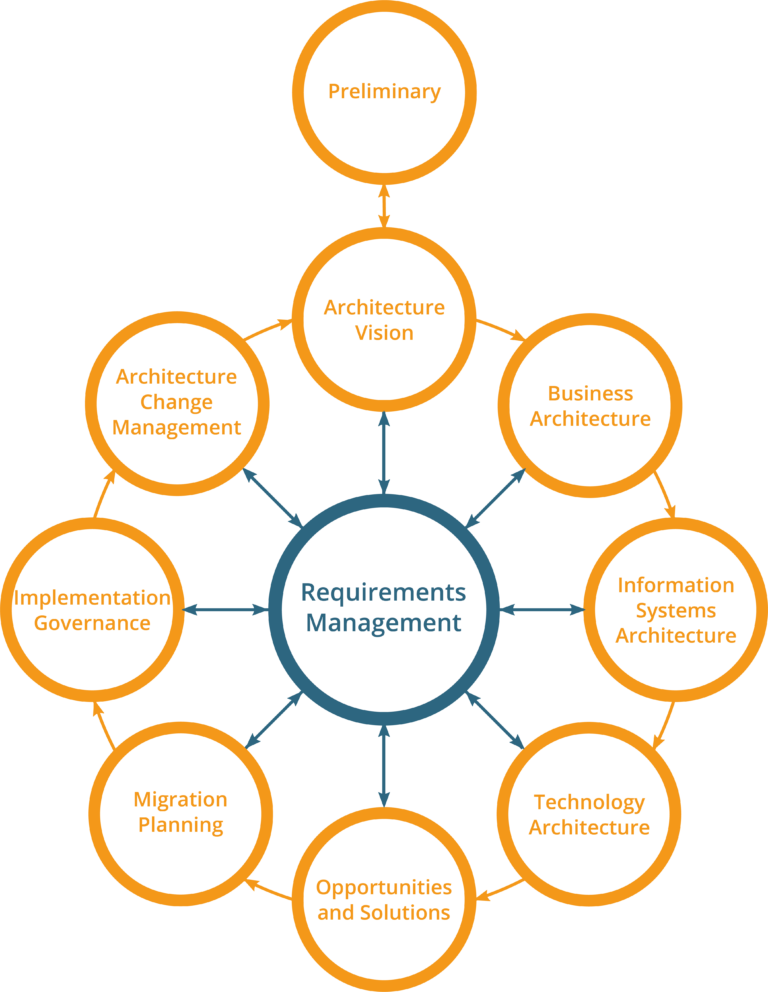Navigating the Cloud Adoption Framework
In today’s rapidly evolving technological landscape, cloud adoption has become a cornerstone of innovation and growth for businesses worldwide. As organizations strive to harness the power of the cloud, a well-structured framework becomes the compass that steers them through the complex journey. This article delves into the practical aspects of the cloud adoption framework, shedding light on its significance and offering actionable insights for a seamless transition.
The Cloud’s Irresistible Allure
The cloud isn’t just a buzzword; it’s a catalyst for transformation. From enhanced scalability and cost-efficiency to cutting-edge AI capabilities, the cloud promises a tapestry of advantages. However, adopting the cloud without a clear roadmap can lead to pitfalls, inefficiencies, and security risks. Enter the Cloud Adoption Framework – a structured approach that empowers businesses to unlock the cloud’s full potential.
Peering Into the Cloud Adoption Framework
At its core, the Cloud Adoption Framework is a strategic blueprint that lays out the stages of cloud adoption. It’s like building a modern skyscraper – you start with a robust foundation and progressively add layers of innovation. Here’s a practical breakdown:
- Assessment and Planning: Picture this as the architect’s desk where ideas are born. Organizations assess their current state, define goals, and craft a strategy aligned with business objectives. For data and AI, this phase involves evaluating existing data assets and envisioning AI-powered use cases.
- Governance and Security: Just as a building needs sturdy walls, cloud solutions require unassailable security. Establishing governance policies, defining access controls, and ensuring data compliance create the fortress within which your cloud operations thrive.
- Migration and Data Management: Think of this as transporting priceless artworks to a gallery. Data migration strategies must be orchestrated, ensuring seamless transfer of data to cloud storage. Effective data management and integration strategies are critical for streamlined analytics and AI development.
- AI and Innovation: Here, your building’s intelligent systems come to life. Leveraging cloud AI services, businesses can delve into machine learning, predictive analytics, and natural language processing. It’s like infusing your structure with AI-powered automation and insights.
- Scalability and Efficiency: Just as buildings accommodate expanding needs, cloud solutions must scale on-demand. Architect solutions that flex with your business, optimizing costs while ensuring performance, much like the intelligent climate control of a smart building.
- Monitoring and Optimization: Welcome to the building’s control room, equipped with monitors and analytics. Cloud-native tools keep tabs on performance, providing insights to fine-tune operations, much like adjusting building systems for energy efficiency.
- Training and Skill Development: Your structure is complete, but the occupants (your team) need to understand its inner workings. Invest in upskilling your workforce to navigate the cloud environment, much like teaching building management techniques to property managers.
A Symphony of Success: Practical Implementation
Practical implementation is where the framework’s rubber meets the cloud’s road. Let’s consider an example: A retail giant aims to enhance customer experiences through personalized recommendations using AI. They follow the Cloud Adoption Framework:
- They assess their current infrastructure and strategize how AI can elevate customer interactions.
- Governance policies ensure customer data privacy and security.
- Data migration brings customer profiles to a cloud data lake.
- Leveraging cloud AI services, they develop recommendation models.
- The solution scales as customer interactions grow, optimizing costs.
- Monitoring tools ensure AI models perform as intended.
- The workforce undergoes AI training to manage and refine the system.
Final Thoughts
Cloud adoption isn’t a monolithic leap; it’s a calculated ascent. The Cloud Adoption Framework equips businesses to conquer the cloud’s heights with confidence. By meticulously navigating through assessment, security, AI integration, and optimization, organizations construct a cloud landscape that is both dynamic and robust. As the sun sets on traditional IT landscapes, businesses embracing the cloud adoption framework emerge as pioneers of a new digital era.
In the symphony of digital transformation, the Cloud Adoption Framework is your orchestra conductor, harmonizing the cloud’s potential with your business aspirations. Embrace the framework, and watch as your business composition reaches new crescendos in the cloud-powered age.



